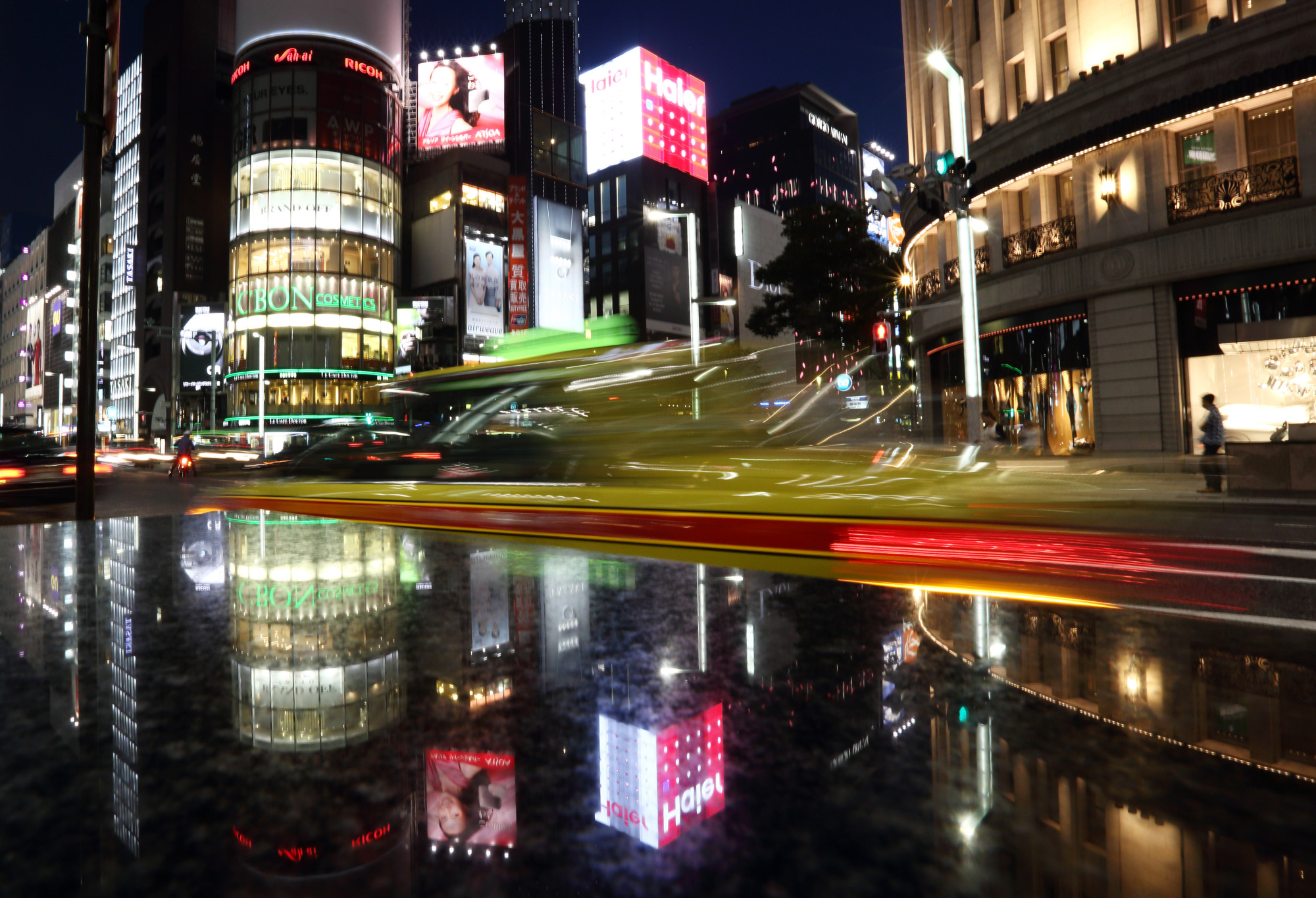The lights of the high-end boutiques and bars of Tokyo's Ginza district may someday be powered by coal burned more than 1,700 miles away (2,700 km) in Mongolia, electricity zipping over ultra-high voltage lines across deserts and under seas.
That's the idea behind plans in Asia for so-called super grids, sending power from countries with relatively few people but lots of wind, sun and fossil fuels to distant electricity-hungry population centers trying to keep up with demand. Mongolia, desperate to make more of its abundant resources as it seeks to revive its flailing economy, aims to make that vision a reality through one of the world's most ambitious power projects.
The landlocked nation is considering a $7 billion plan to build coal, wind and solar plants that could send electricity across China, Russia, South Korea and Japan, according to Tamir Batsaikhan, a project director with the Shivee Energy Complex. It's just one concept of how to connect power markets across Asia, where demand is forecast by BMI Research to grow 3.5 percent annually through 2026.



















With your current subscription plan you can comment on stories. However, before writing your first comment, please create a display name in the Profile section of your subscriber account page.